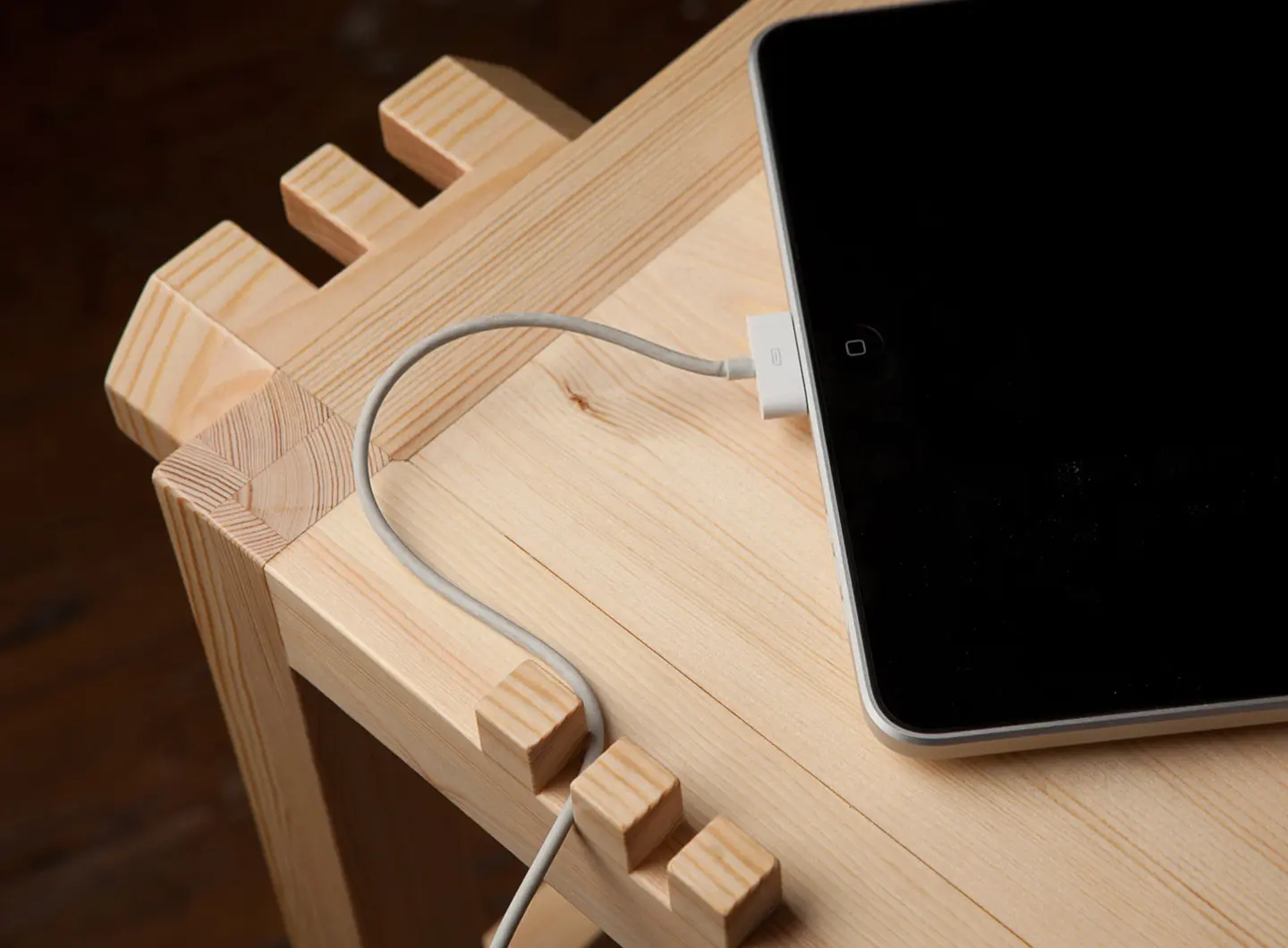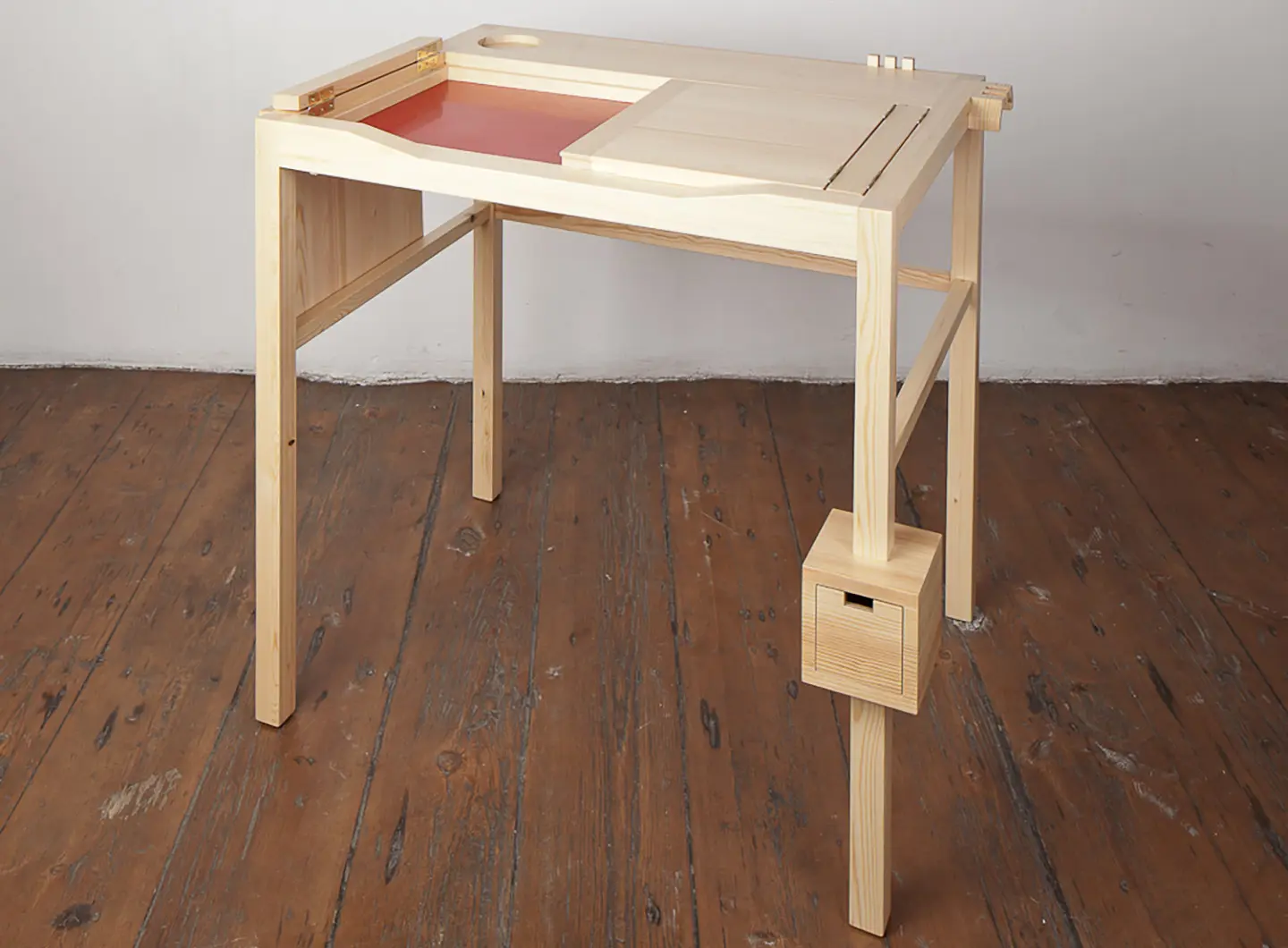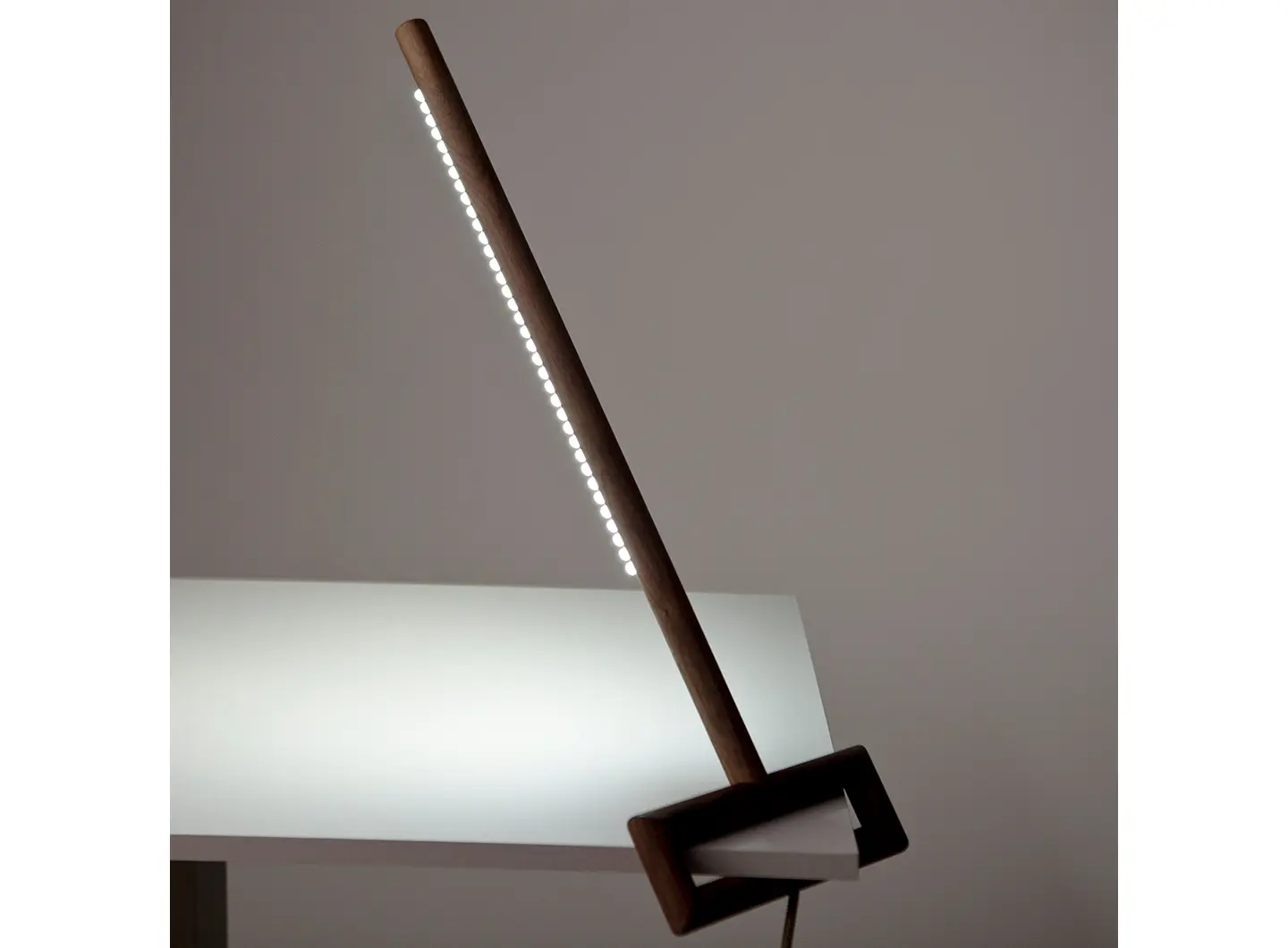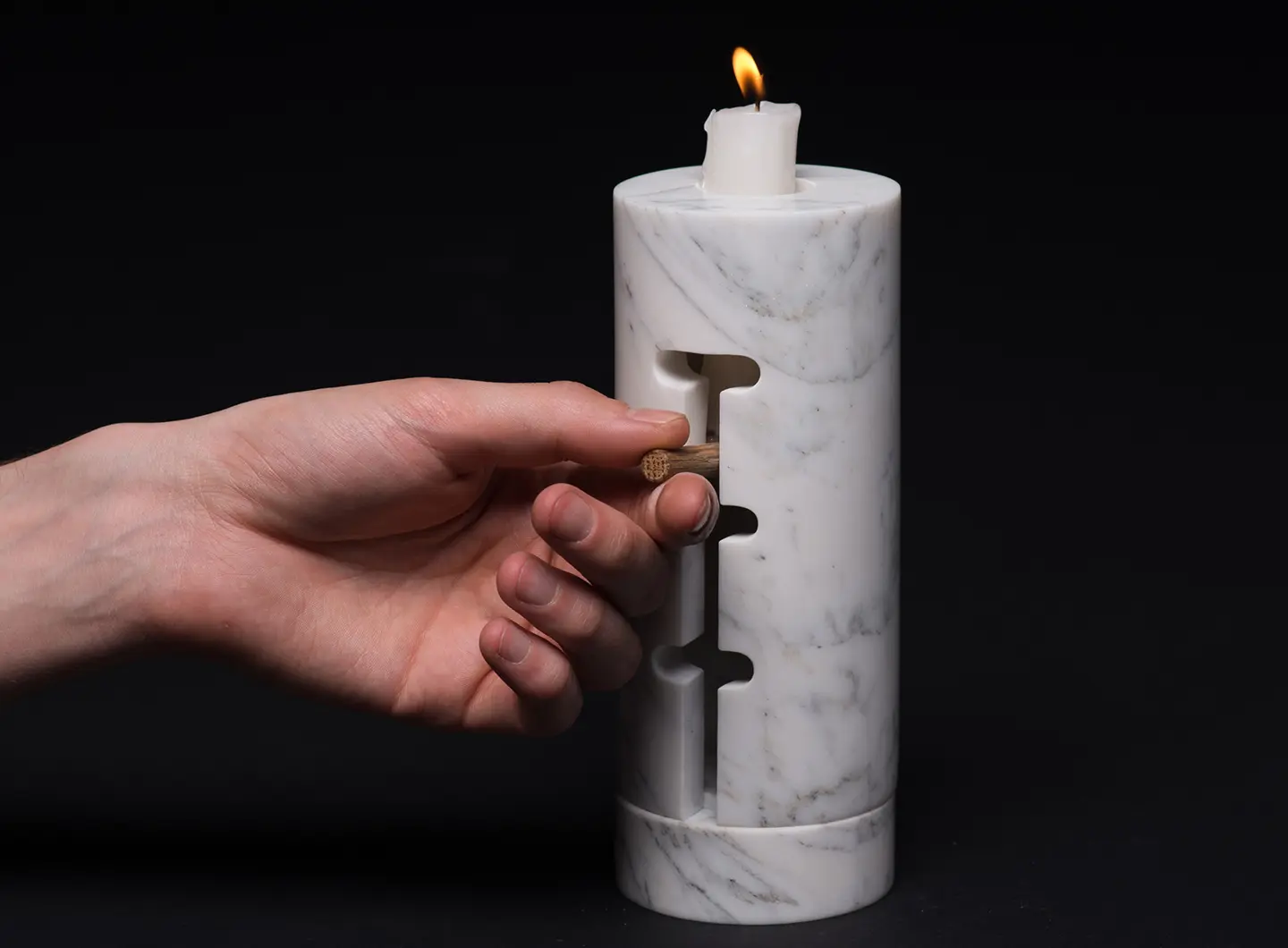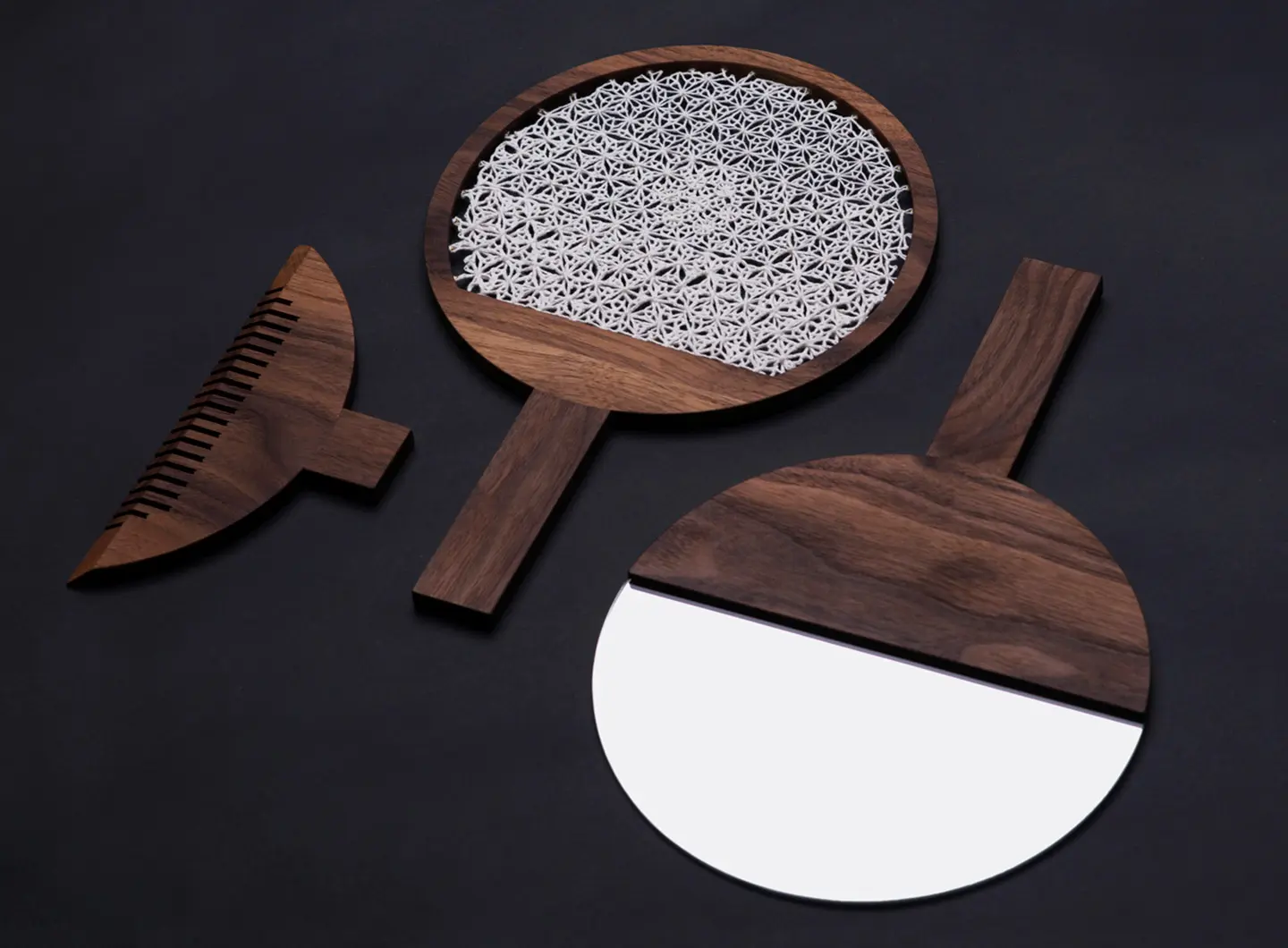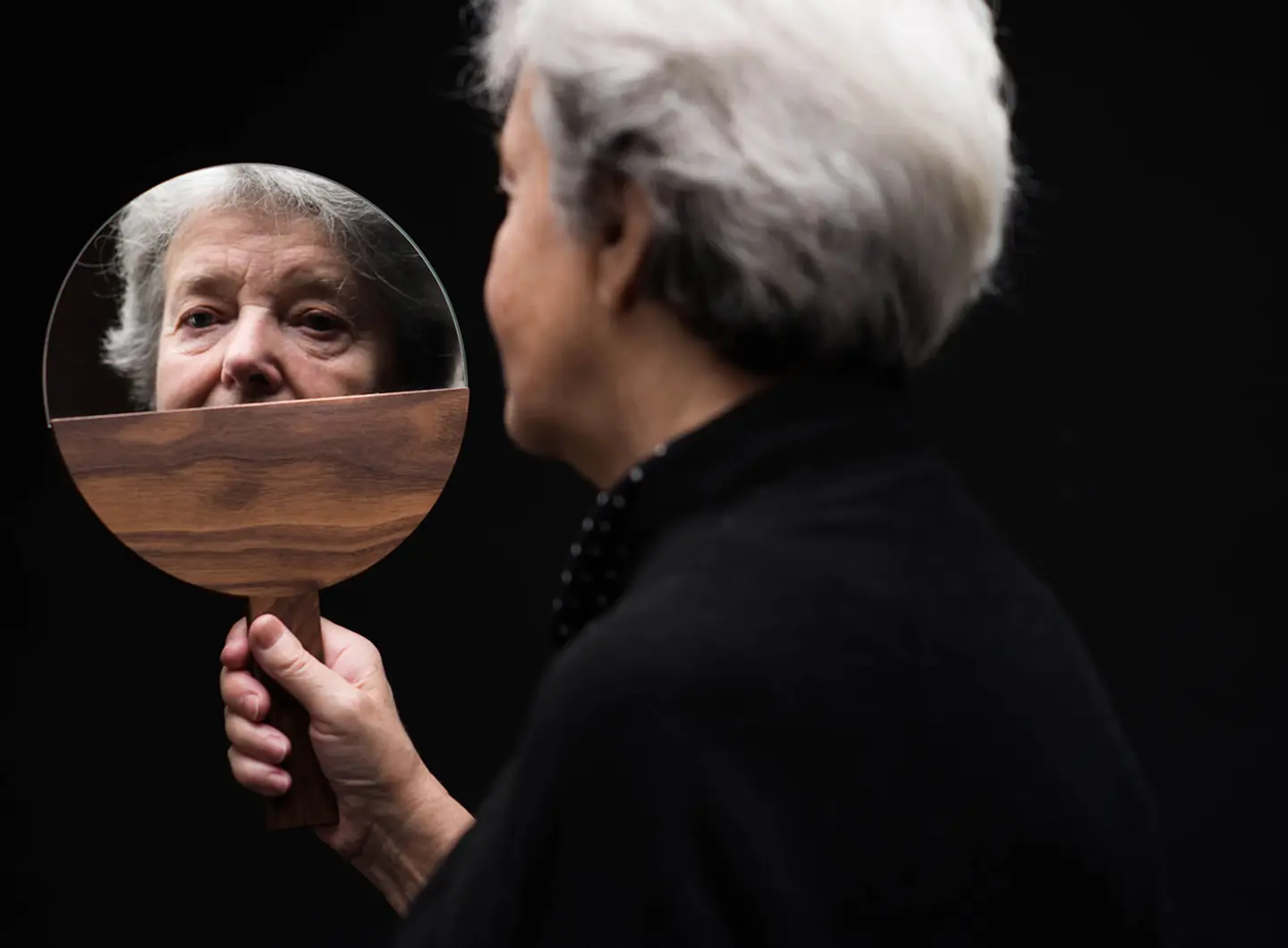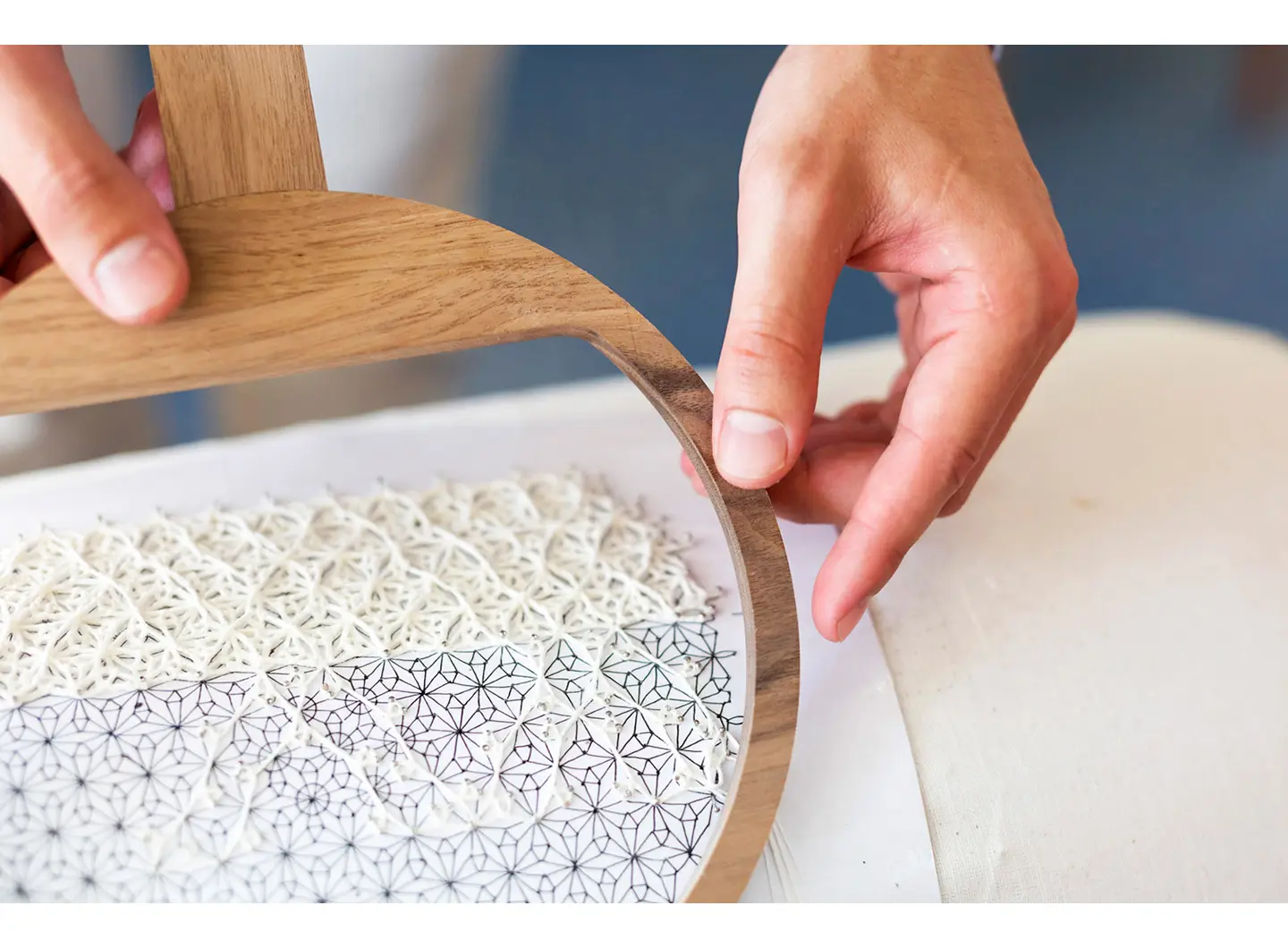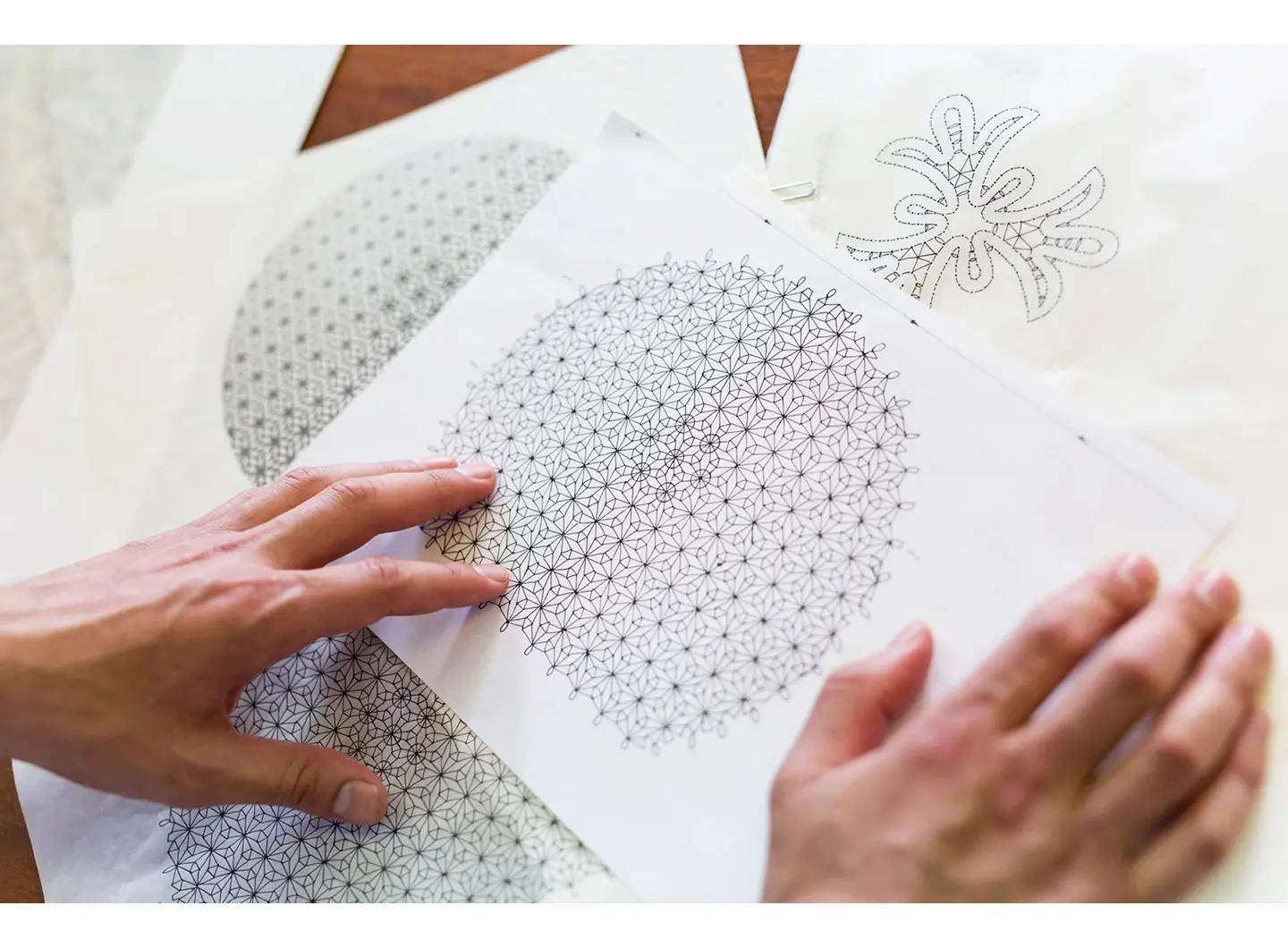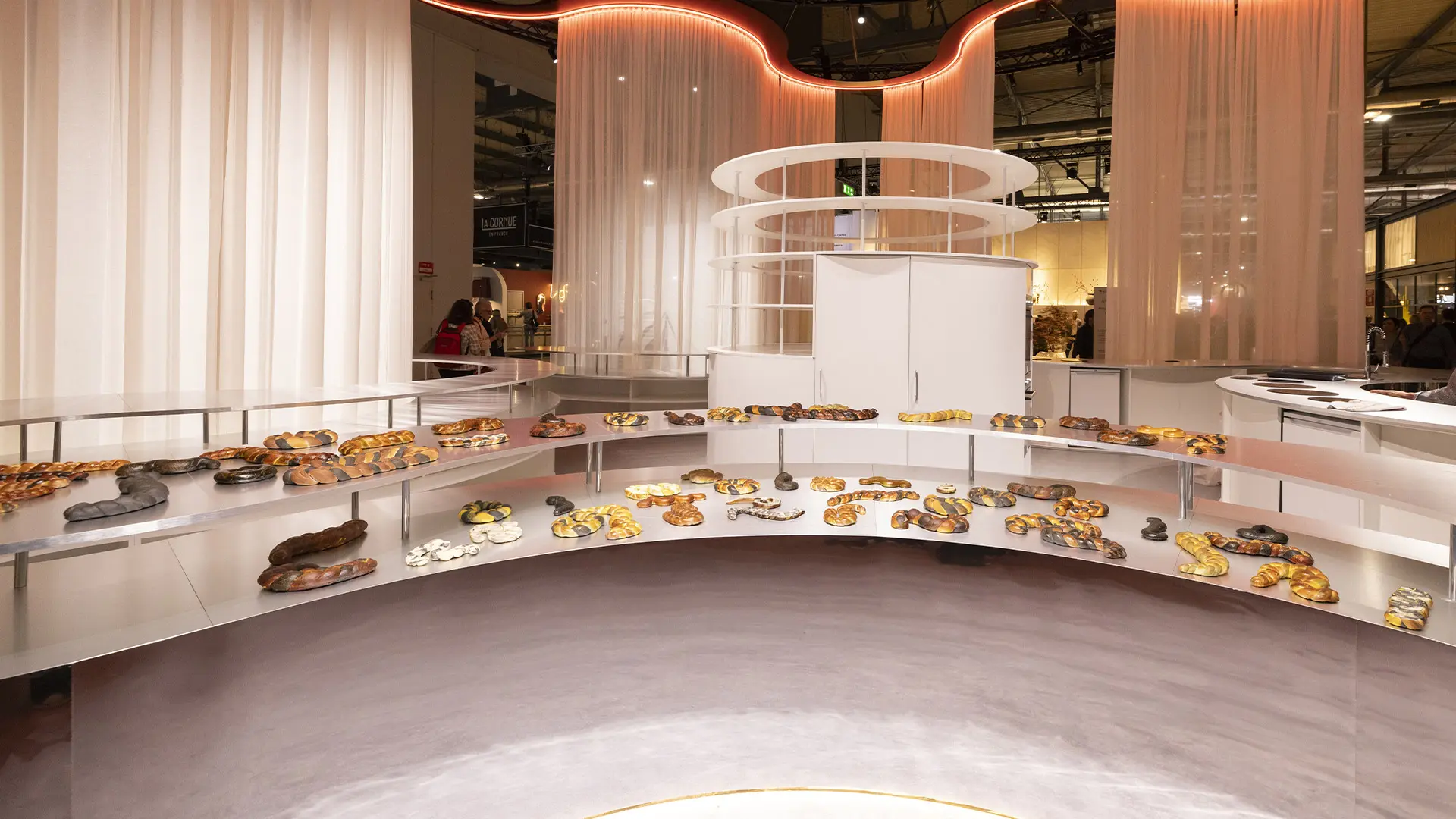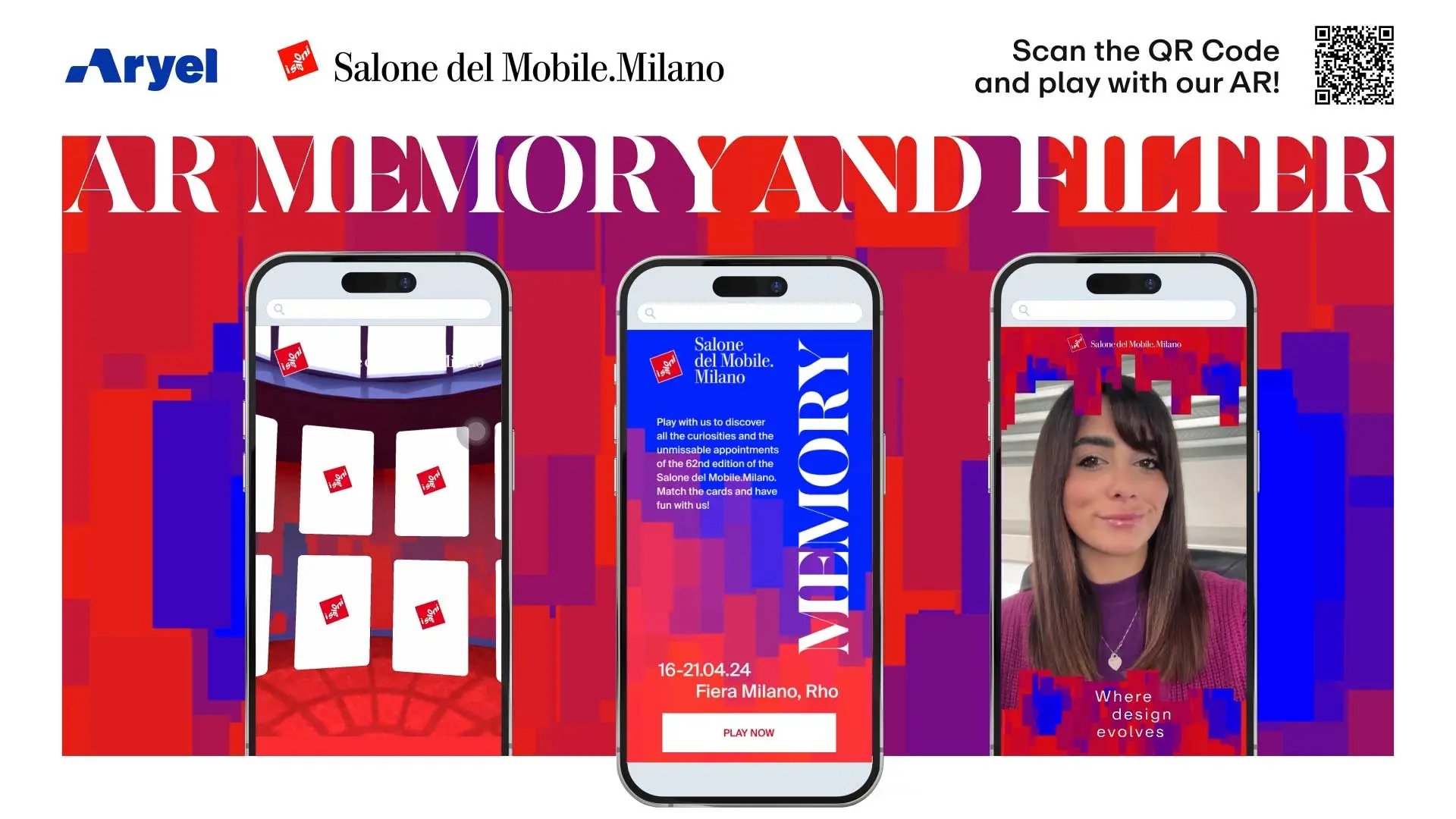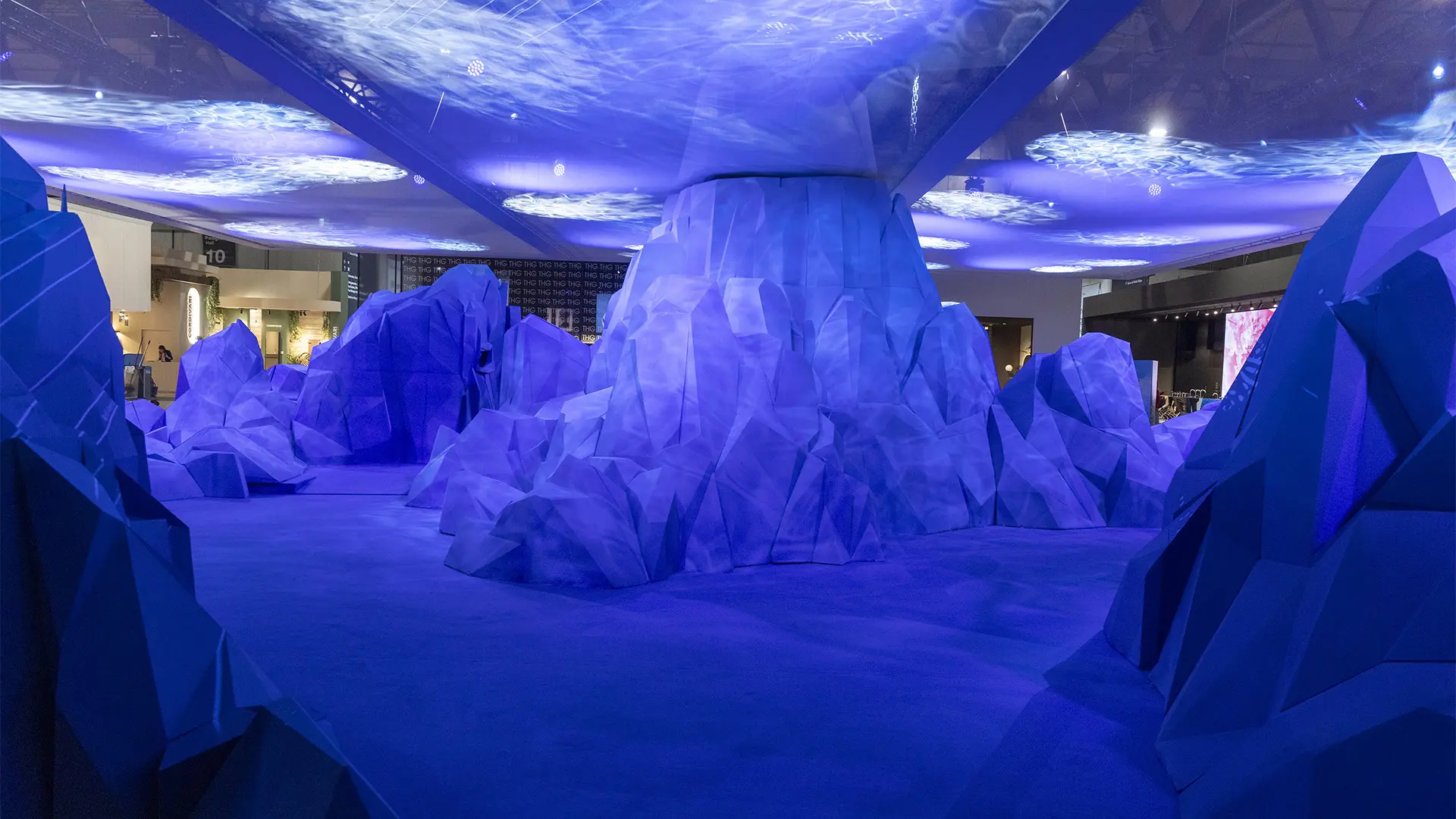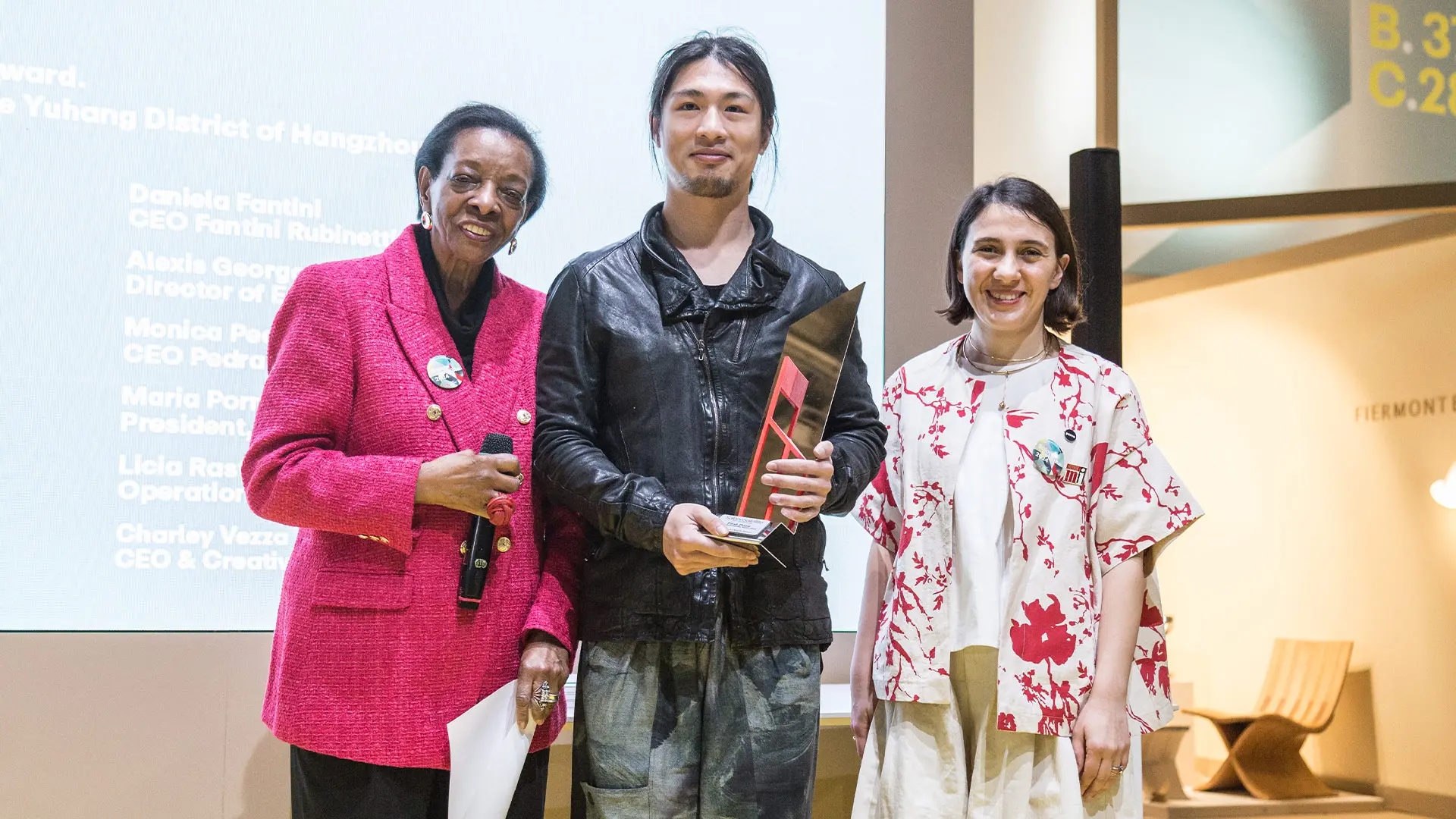Yaroslav Misonzhnikov
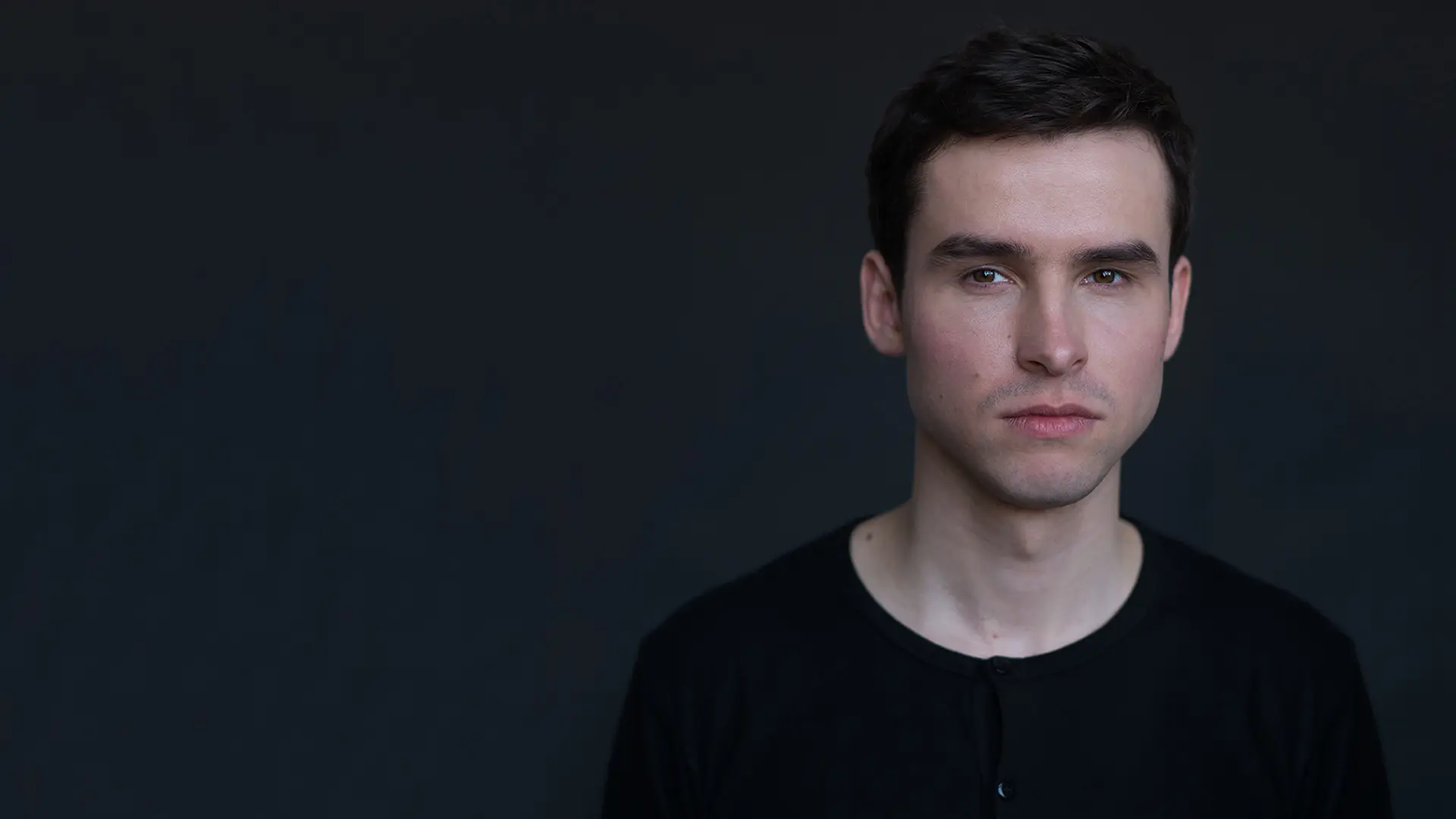
Photo by Mitya Ganopolsky
From Russia, on a constant search for new solutions in the world of design. Innovation and tradition from a product designer whose curiosity knows no bounds.
Yaroslav Misonzhnikov (1988) has his own particular original and extrovert drive. He transforms, he does not adapt. He explores and interprets, looking ahead, while retaining something of the past, which he never ceases to interrogate.
Honestly, I don’t like to say that “product design is my life,” but in fact it is. I am interested in solving some problems, sometimes quite complex and seemingly impossible at first glance. I especially like to come up with new solutions, whether it is a small fixture for a lamp wire, or a large-scale project for a shopping complex. The profession of product designer is extremely interesting!
Many people start to forget about traditions and history. Many people even forget or are not interested in the history of the place where they live, the same happens with folk crafts. At the end of the 19th century, in the village Abramtsevo near Moscow, a group of famous artists revived the folk crafts. Inspired by the traditional objects they found in the villages, they created contemporary interpretations. One of the tasks that they set for themselves is to make simple items so that they can be copied by locals and earn a living. Those items that have been made look very minimalistic and modern even now! I try to do something similar, but until it turns out on a smaller scale and everything has a more educational function. It was about this IZBA project, which we showed on Salone del Mobile. (IZBA is his project with which he presented eight independent Russian designers in 2014. The idea of the project was to research and rethink a typical Russian dwelling — «izba» and old Russian traditions – e.d.)
I'm afraid that it will be too computerized. On the one hand, we come up with all sorts of technologies to make our lives easier - the Autocad program made creating drawings much easier than when people did freehand drawings, but did architects work less? No, it seems that they work even more! On the one hand, smartphones made you have a good quality camera and a map any time and anywhere you need, and on the other hand, we spend so much time for social networks. Many people get tired of such an active life and move to the village. My friend, an architect, recently did so. Now she’s reconstructing the village.
I live in St. Petersburg, in Hamburg I have a partner. So happened, that many of our products were ordered by European people, so it was logical to open an office abroad. We are talking about the sale of finished goods. But new customers also began to appear.
Design, of course, is the main type of activity, but it turned out that we and our colleague began to make curatorial projects - the project IZBA and Naturalist, which we showed at European exhibitions. At one point I understood - who else? It is important to be part of this environment. Some people come from outside, try to do something, but they do not always come out.
For me, SaloneSatellite in Milan is still the brightest event in a professional career. I often recall this and understand that it needs to be repeated. But Milan SaloneSatellite wouldn't happend without Moscow.
You should love design so much that you should understand that you can't live without it. Design is like a drug: you need a daily dose, otherwise you will not survive.


